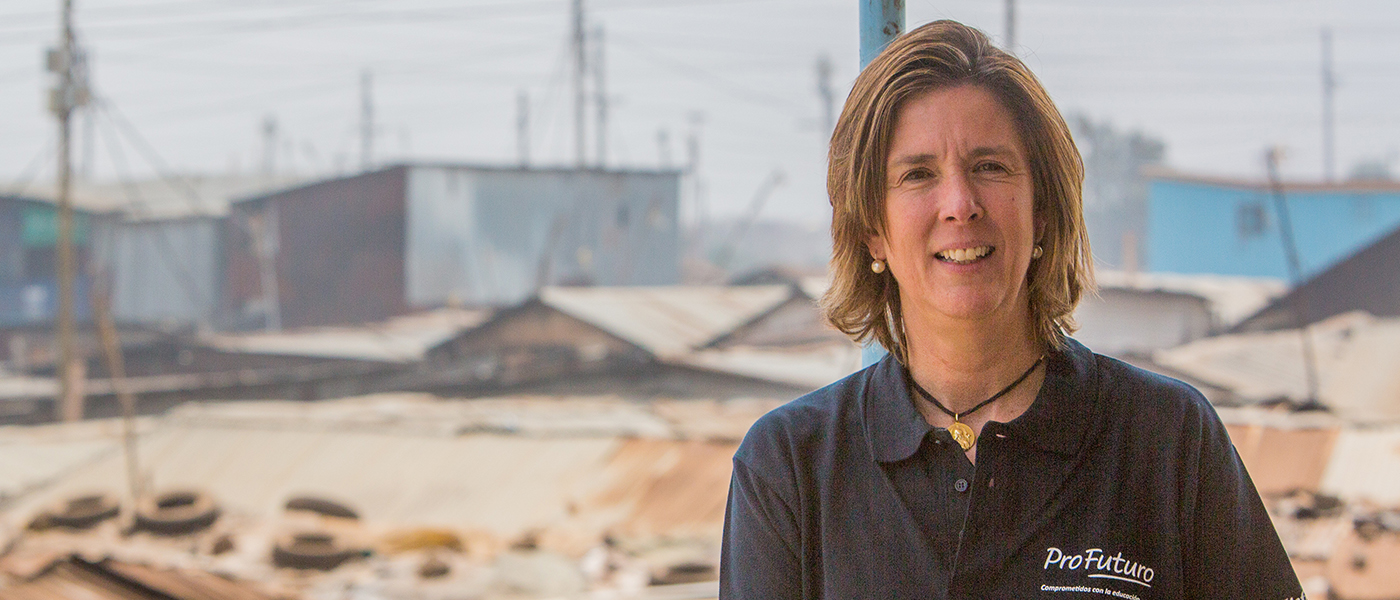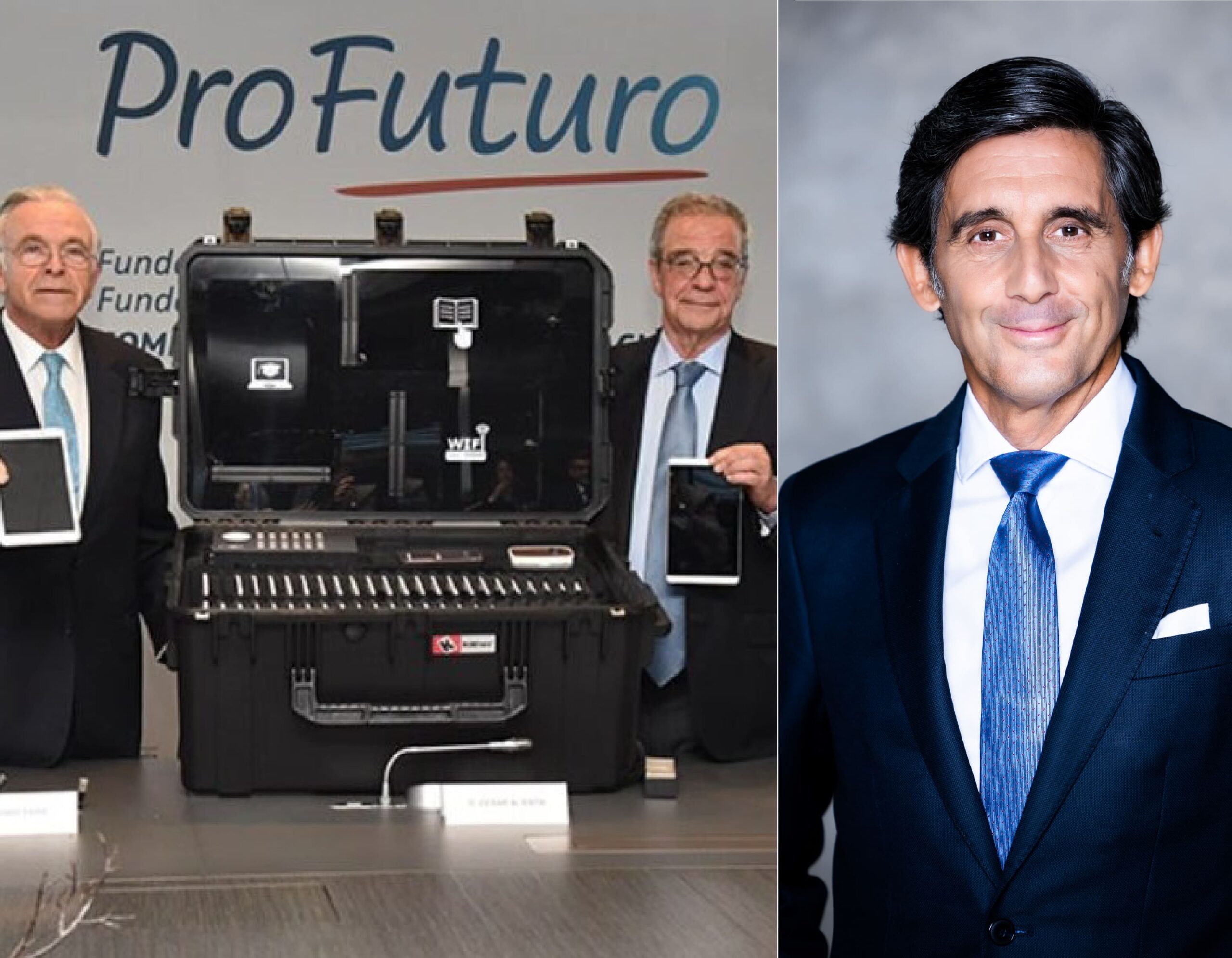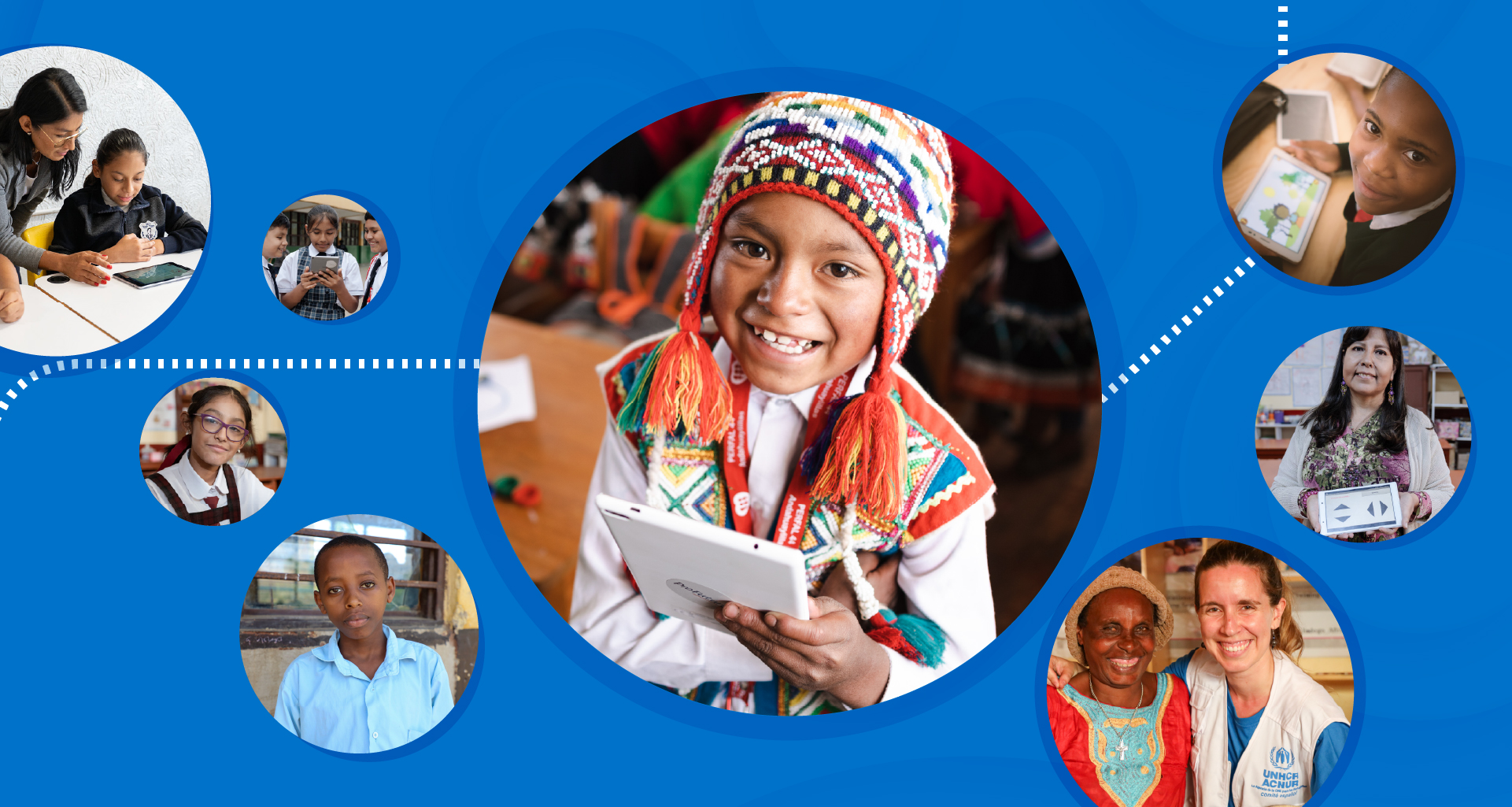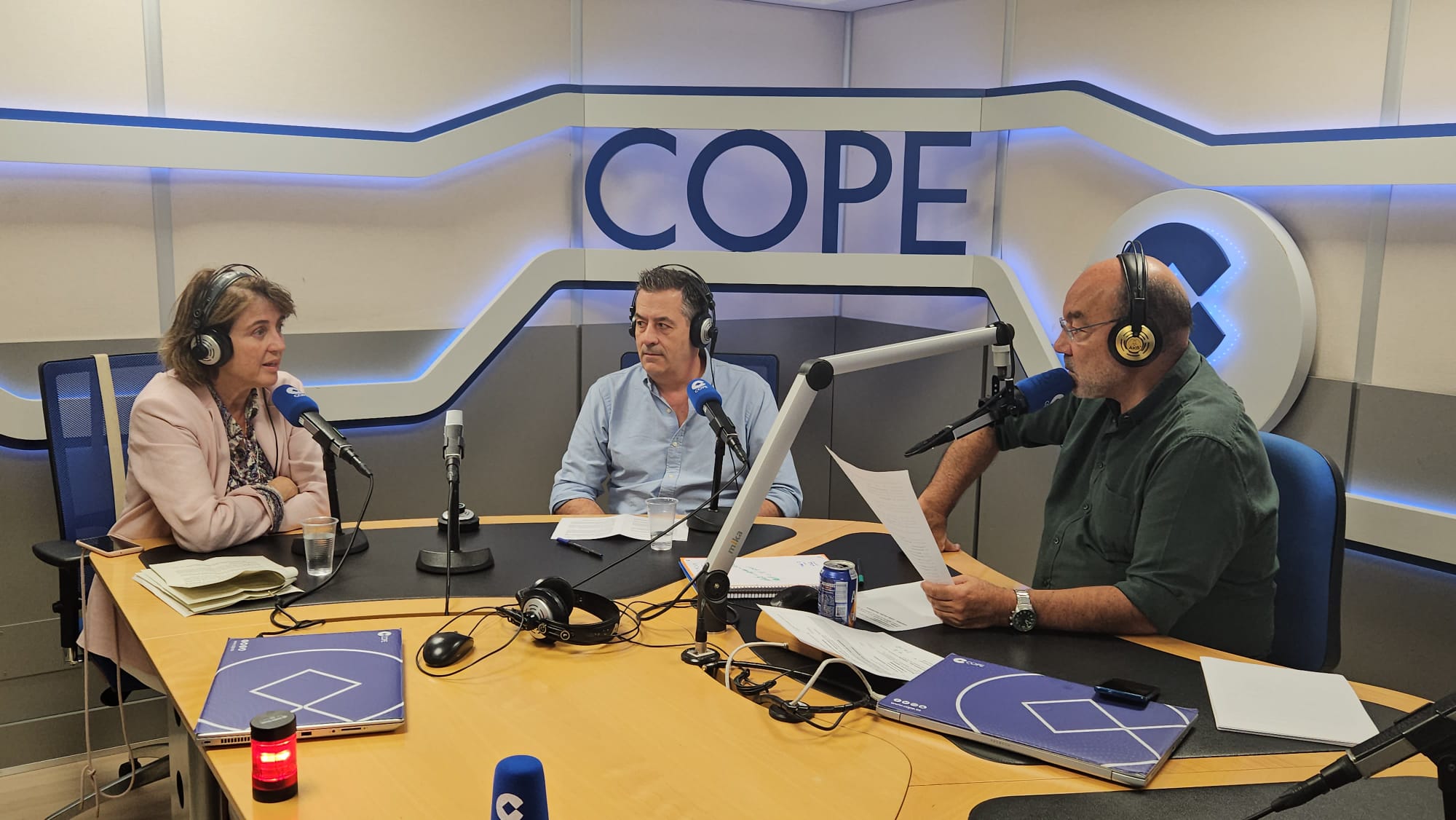Two years after an extremely tough start, ProFuturo is today an integrated digital education solution that is enabling students in any part of the world to have access to an education in 21st-century skills. A monumental and highly commendable job.
How did ProFuturo start out and why?
Fundación ProFuturo was officially launched on July 13, 2016 with the agreement between Fundación Telefónica and the “La Caixa” Banking Foundation, with the shared goal of improving the quality of education for children in vulnerable environments with the support of digital technology.
In spite of the advances in schooling rates, there is still a lot of room for improvement in terms of the quality of education worldwide. Currently, according to data from UNESCO, 250 million children fail to acquire even the rudiments of reading and mathematics after four years of schooling. This situation is partly due to the fact that in these environments where ProFuturo operates, the vast majority of teachers do not have the basic national training standards. So the main focus of our work targets precisely the teachers.
And why through digital education?
Because it’s an efficient way to deliver quality education to any part of the world, and because in the current scenario of the technological revolution, children must acquire these new skills so they can be adequately prepared.
From this point of view, although the program needs to reach the children, the real key to success lies in the teachers, and that’s why we focus our efforts on them by giving them constant backing and support. Our teacher training, particularly in information technologies and innovative teaching methods, enables us to motivate and train them to integrate technology in their teaching practice.
What are the challenges facing ProFuturo and what is its mission?
Our mission is to improve the quality of education for children in vulnerable environments through digital technology, and our target is to reach 10 million children by 2020.
I would say that the main challenge we’re facing is to persuade the teachers to adopt these digital education tools. The idea is that they should view these tools as a support that makes their daily work in the classroom easier. But this requires training adapted to each teacher’s level of familiarity with digital technology.
There are other challenges where we’re also investing a lot of effort, such as how to respond to the precariousness of infrastructures like access to an Internet connection and electricity in remote areas, which involves coming up with innovative solutions. And we believe it’s just as important to set up solid partnerships that enable us to advance in terms of education, operations, and the technological proposal, and –crucially– in the institutional area through our relationship with the local education authorities.
You want to ensure that children in Africa, Latin America and Asia have the same education as their peers in Spain, France or the United States. How do you plan to do that?
The key to what we do lies in the partners we have on the terrain. In Latin America, we have the local branches of Fundación Telefónica, and in Africa and Asia we have chosen partners that form part of this initiative from the standpoint of mutual collaboration. Because we also want the program to outlast our own intervention, so that all together we can achieve a system change and generate real opportunities for the future.
What’s your assessment of these two years of operations?
There’s no question that these two years have been intense, thrilling and fruitful in advancing in implementing the program. If I had to highlight something, it would be the work of the teams that has meant we are now present in 23 countries with an integrated offer that can be adapted to each context where we operate, and that fact of having reached over 5.5 million children.
ProFuturo is now working with data. Could you tell us a little about that?
Our work would be worthless unless we measure our impact and ensure a process of continuous improvement so we can adapt and innovate according to the changing needs of the digital world. The availability of learning analytics tools and Big Data for Social Good is crucial to the success of our intervention. And we can thank the expertise of Telefónica for that.
Could you tell us how ProFuturo starts up in a country where the Telefónica Group doesn’t operate, and what makes you select one country over another in your scale of priorities?
We always look first at the social and educational context of the country, so we take into account aspects such as the HDI, or literacy levels and the existence of education policies. We also confirm the viability from the operational point of view, and finally we make sure that we can forge agreements with strong and experienced local partners.
Why Africa and Asia?
Because our vision is to ensure that regardless of the country of origin, every child can one day have access to the same quality of education. Africa and Asia are the continents where this gap is most evident. It’s also becoming clear that this must be seen as a problem that affects us all. I’m talking about how education can help reduce the cases of forced immigration, a highly topical issue today on the public agenda in many countries and which must be tackled with realistic, practical and effective solutions.
If you had to list the best practices of ProFuturo, what would you choose?
We’ve learned a lot in these last two years, but we were lucky enough not to have to start from scratch, but were able to learn from the best practices of both Fundación Telefónica and the “La Caixa” Banking Foundation after their many years of working to support the development of the countries in greatest need.
The keys to achieving the educational transformation we pursue are impact measurement, the continuous improvement of the processes, person-to-person support and a focus on the teacher.
How does ProFuturo contribute to the United Nations’ SDGs?
ProFuturo contributes directly to SDG 4 of the sustainable development goals (quality education). But it’s not the only one. More indirectly it also impacts goals 5 (gender equality), 10 (reduction of inequalities), and 17 (partnerships to achieve our goals).
We want the United Nations’ SDGs to be transversal to what both the teachers and the children are teaching and learning. Our goal is to transform the way teachers give their classes, and for them to use the SDGs as a reference.






